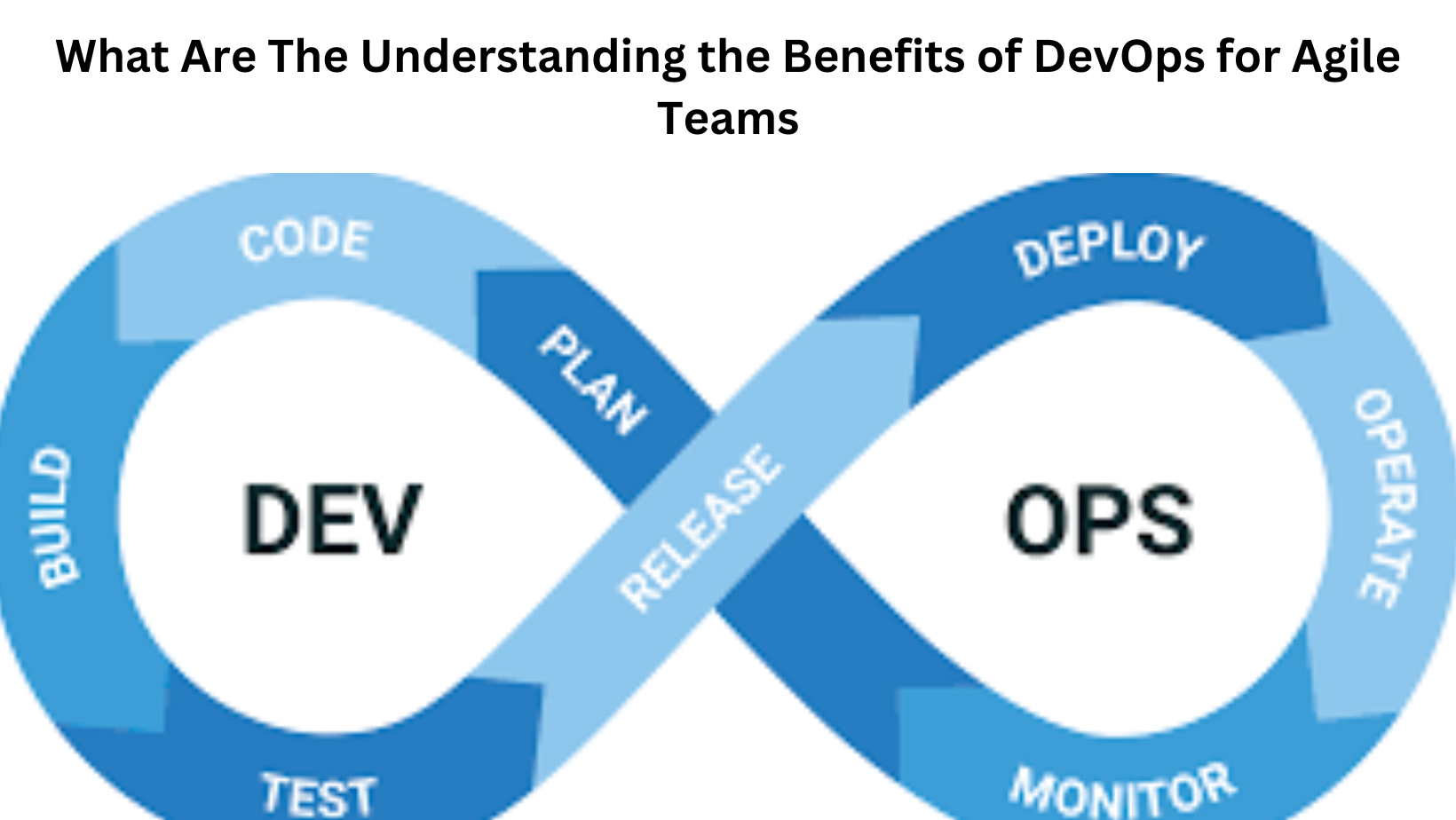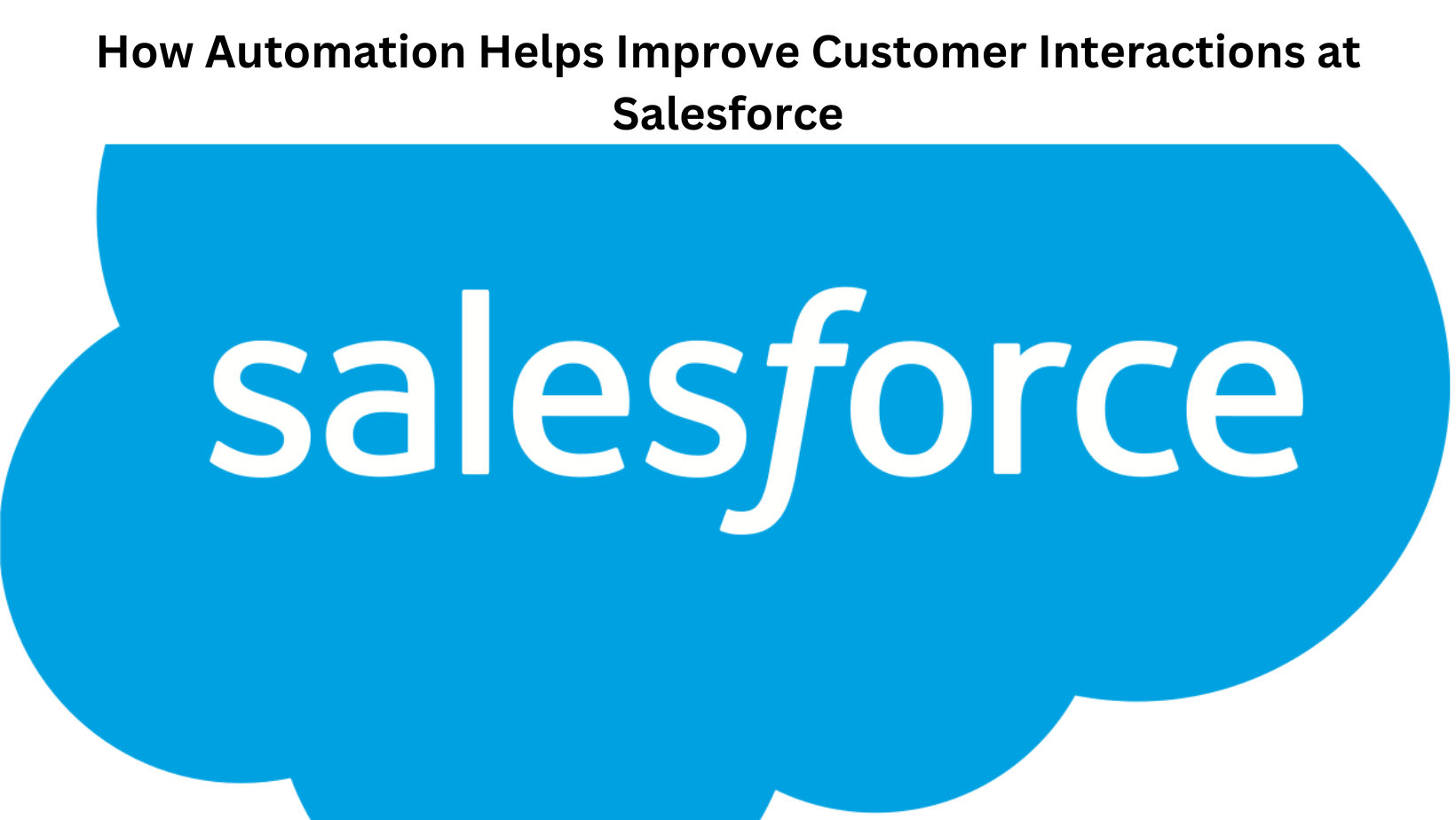Introduction
The benefits of DevOps for agile teams are increasingly clear. As organizations adopt agile methodology, they are turning to DevOps to speed up software development and foster collaboration between operations and development teams. This article explores how DevOps integrates with Agile methodology, including its ability to ensure continuous integration and deployment, automated testing and product delivery, communication between teams, scalability and efficiency in product delivery, and overall collaboration.
To incorporate DevOps within an agile team structure, it is essential to understand the necessary components. Automated testing plays a crucial role in product delivery by ensuring faster feedback loops and higher customer satisfaction. Automated tests should run continuously throughout the software development process to identify any issues early and quickly resolve them before deployment, reducing waste from errors that may have gone unnoticed until later stages of production.
Effective communication is also critical when implementing a DevOps model within an agile team structure to ensure that all stakeholders understand their individual roles and collective responsibility toward achieving successful product outcomes. Participants must comprehend how their work impacts others from both operations and development sides, creating opportunities for collaboration rather than silos where information does not flow freely across departments or functions. Additionally, it can help ensure seamless integration and deployment by providing visibility into progress made along each step of the process, making any necessary changes easier to implement without disrupting production schedules or timelines.
DevOps has many potential benefits for scalability, efficiency in product delivery, and overall collaboration among teams, especially when used within an Agile context. Organizations can take advantage of streamlined processes while delivering high-quality products on time and within budget constraints. Understanding how DevOps integrates with Agile methodology can help ensure organizations take full advantage of its capabilities while avoiding common pitfalls or mistakes associated with its implementation, such as lack of communication between departments or insufficient automated testing prior to release, which can result in costly delays or subpar products delivered, ultimately impacting customer satisfaction negatively. The DevOps Training in Hyderabad program by Kelly Technologies can help to develop the skills needed to handle the tools and techniques associated with DevOps.
Understanding How Agile Methodology Can Benefit Development Teams
Agile methodology is increasingly popular among developers for promoting rapid development cycles and on-time results. Integrating DevOps tools and processes is a key component of agile methodology to improve responsiveness and scalability. This section explores how DevOps can integrate with Agile methodology to benefit development teams.
DevOps can integrate with Agile by leveraging feedback loops for faster testing, deployment, and iteration cycles. This allows developers to adjust their development strategies in real-time. Automated tools such as orchestration and containerization solutions also help automate routine tasks, letting developers focus on creative tasks.
Version control solutions provide greater visibility into code changes and commits, helping teams track progress and identify areas for improvement. Analytics can identify bottlenecks within the coding process and improve coding standards across the team.
By understanding how DevOps integrates with Agile methodology, development teams can take advantage of automated processes, leading to improved responsiveness and scalability for their projects while reducing costs. This makes it easier to achieve desired outcomes in a timely manner without sacrificing quality or accuracy.
What is DevOps?
To get started with integrating DevOps into Agile processes, it is crucial to identify its benefits over traditional approaches, differentiate between Agile Scrum and Kanban, understand automation roles in DevOps, and explore different tools available such as Puppet or Chef for configuration management. Investigate applications such as Continuous Integration (CI) or Continuous Delivery (CD), integrate these principles into development team workflows using version control systems like Git or Subversion, and examine common pitfalls when implementing these principles to avoid them going forward.
Integrating DevOps into Agile processes enables organizations to achieve better results faster than ever before. A thorough understanding of its principles combined with proper implementation techniques increases productivity while reducing costs associated with traditional development models, making it an invaluable asset for improving efficiency. Check out our resources page to learn more about DevOps strategies, including information on related topics such as CI/CD pipelines and best practices for setting up effective workflows.
How DevOps Enhances the Agile Process
As businesses shift towards digital transformation, it’s vital that they comprehend how DevOps can improve their agile process. DevOps denotes development operations and comprises practices such as automation, collaboration, and continuous delivery, designed to aid teams to work together more efficiently and hasten the delivery process. The agile approach leverages a framework to manage iterative projects that prioritize customer feedback throughout the process. In this section, we will explore the integration of Agile Methodology and DevOps, and how it enhances the agile process.
To better understand how DevOps enhances the agile methodology, let’s look at each process’s features. Agile emphasizes delivering customer value rapidly through short iterations, while DevOps prioritizes automating processes such as build pipelines or deployment processes. By merging both processes, teams can hasten delivery while guaranteeing quality assurance throughout.
Challenges may arise when combining these practices, such as locating specific tasks within an organization’s workflow or delegating responsibility within both frameworks. To ensure success, clear requirements should be set upfront for tasks, such as infrastructure pipelines or code development, and existing frameworks like SAFe can be utilized for guidance. Proper monitoring of application performance is also essential once deployed into production environments, as inadequate planning beforehand can make it difficult to track down issues.
In conclusion, merging DevOps with Agile Methodology results in improved collaboration between teams, faster delivery times, and increased quality assurance throughout the product lifecycle. Proper planning, implementation, monitoring, and understanding around where each activity should sit within an organization’s workflow will ensure successful integration of these powerful methodologies. Companies stand to reap significant rewards with the combination of DevOps and Agile Methodology.
Challenges When Integrating DevOps and Agile Practices
DevOps and Agile practices have gained immense popularity in the software development industry. They facilitate faster deployment of applications with reduced errors. However, it’s crucial to address how DevOps integrates with Agile methodology before considering a DevOps transformation.
DevOps accelerates the integration process, supporting rapid development cycles that aid in deploying code frequently in small increments. Agile methodology divides development projects into sprints with two weeks or less in every cycle. Integrating DevOps and Agile methodology enables teams to identify production problems early on and respond to customer needs quickly. DevOps also automates tedious tasks associated with agile processes such as continuous integration/continuous delivery (CI/CD).
By taking these steps into account when integrating DevOps with your existing Agile framework, a smooth transition can be ensured within your organization. This process can maximize productivity gains from both approaches.
Achieving a Seamless Integration Across DevOps and Agile Teams
The article in asktopublishmust have given you a clear idea of this concept DevOps . Integrating DevOps and Agile teams is a challenge many organizations face today. The two methodologies have different philosophies and approaches, but they can be effectively merged to achieve the best results. In this section, we will explore how to bridge DevOps and Agile Methodology to facilitate seamless integration across teams.
To begin, let’s look at how DevOps and Agile Methodology differ. In essence, DevOps is focused on automating processes for faster delivery while Agile prioritizes collaboration between team members and iterative development cycles. When integrating both methodologies, it’s important to understand the differences in team responsibilities each entails. For example, a DevOps engineer would be responsible for automating processes while an agile software developer would need to focus more on collaboration with other stakeholders throughout development cycles.
Once the differences are understood, combining both approaches has several benefits that should not be overlooked: increased agility of product delivery due to automation; improved communication between stakeholders due to agile principles; scalability of products developed using these methods; greater customer satisfaction due to better quality products; higher customer engagement levels due to the integrated approach across teams; improved ROI as more features are delivered faster than with traditional methods alone.
When bridging both methodologies together, there are some considerations that must be taken into account before attempting any integration of DevOps and Agile Methodology in order to achieve successful implementation across teams. These considerations include identifying which tasks can be automated or manual testing versus automation testing, dealing with security implications or managing complex infrastructure setups, and accounting for potential challenges that may arise during the roll-out phase of the implementation process.












